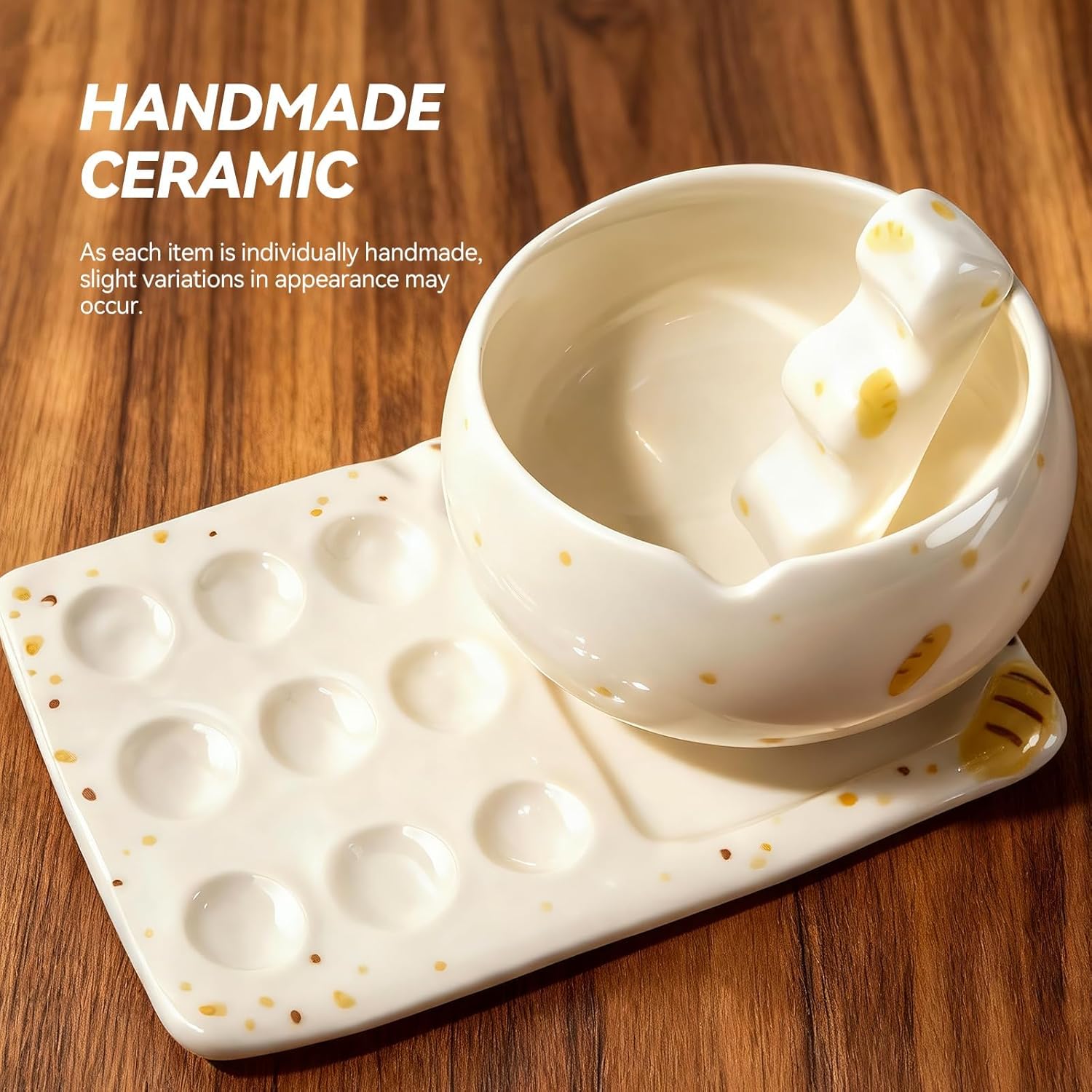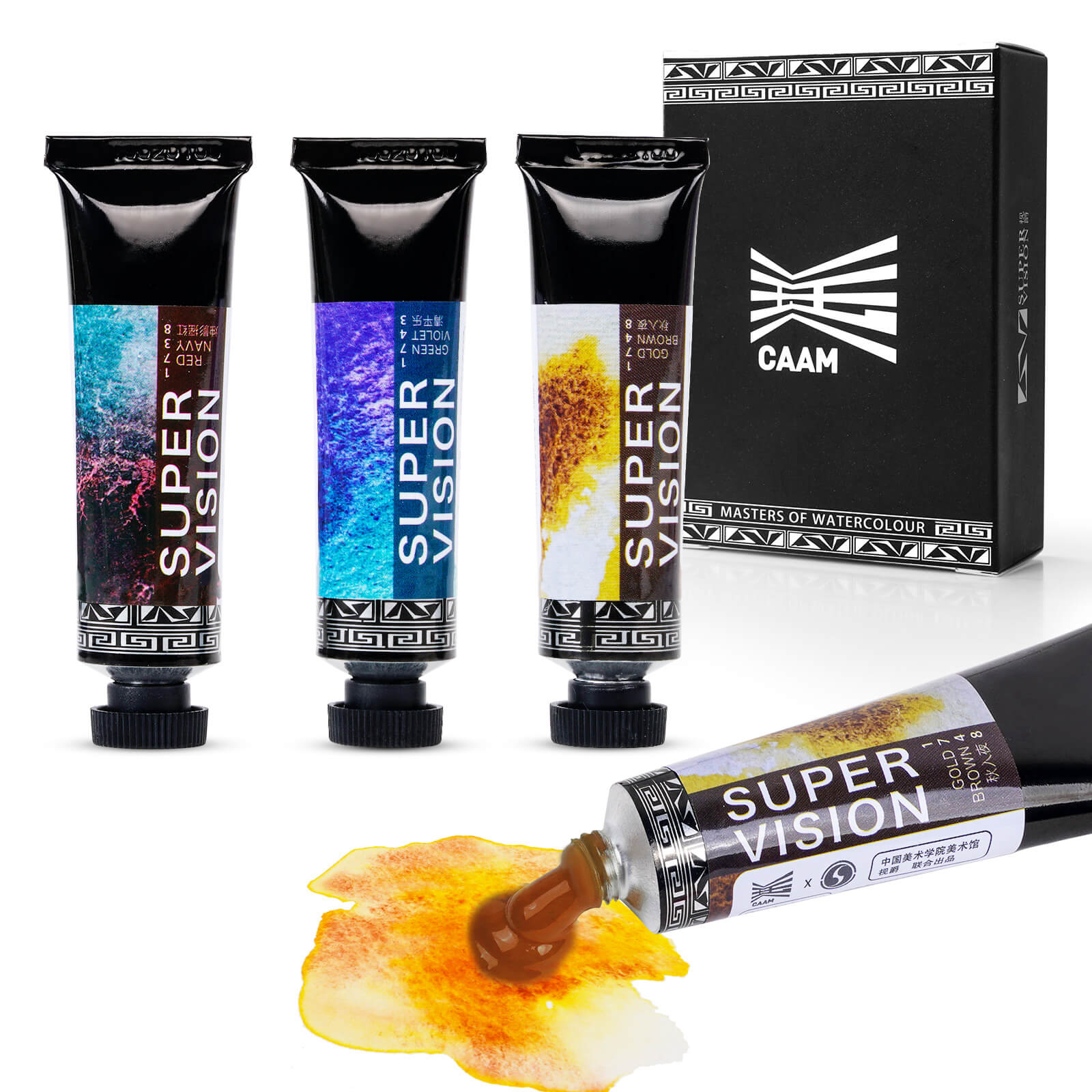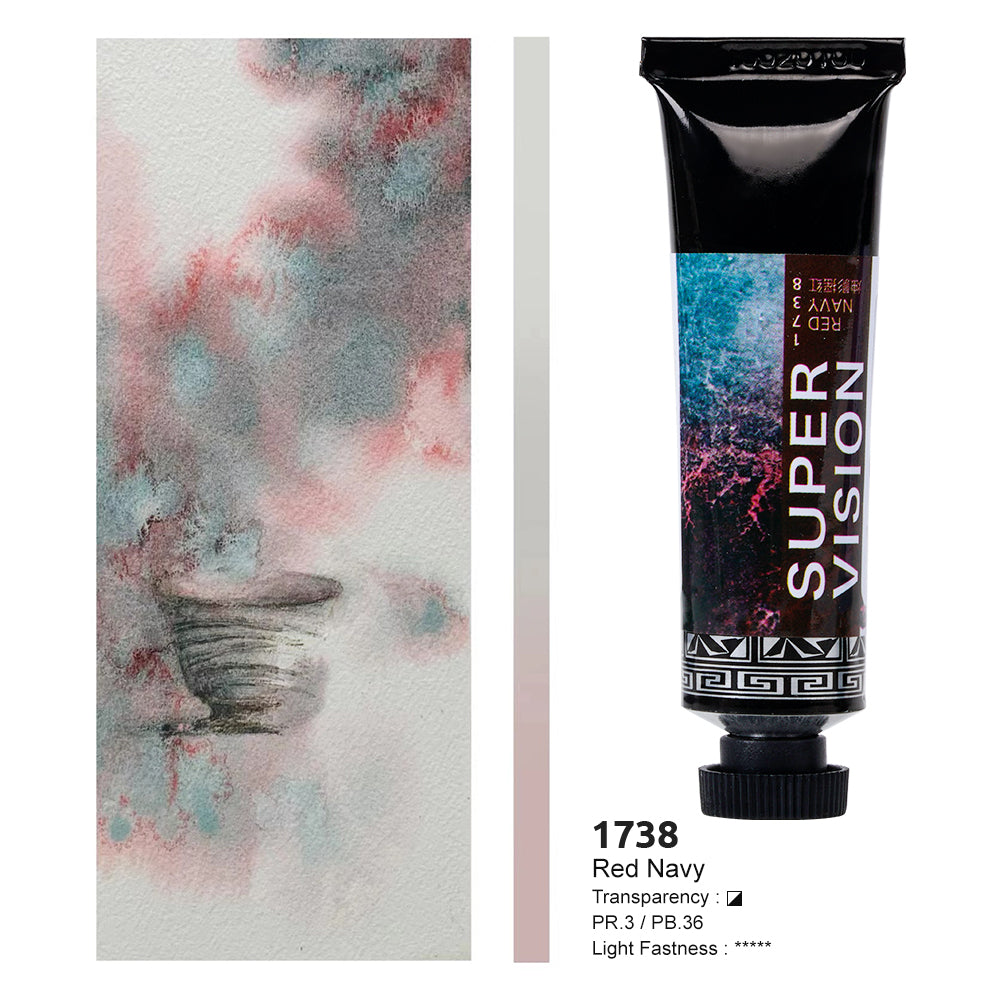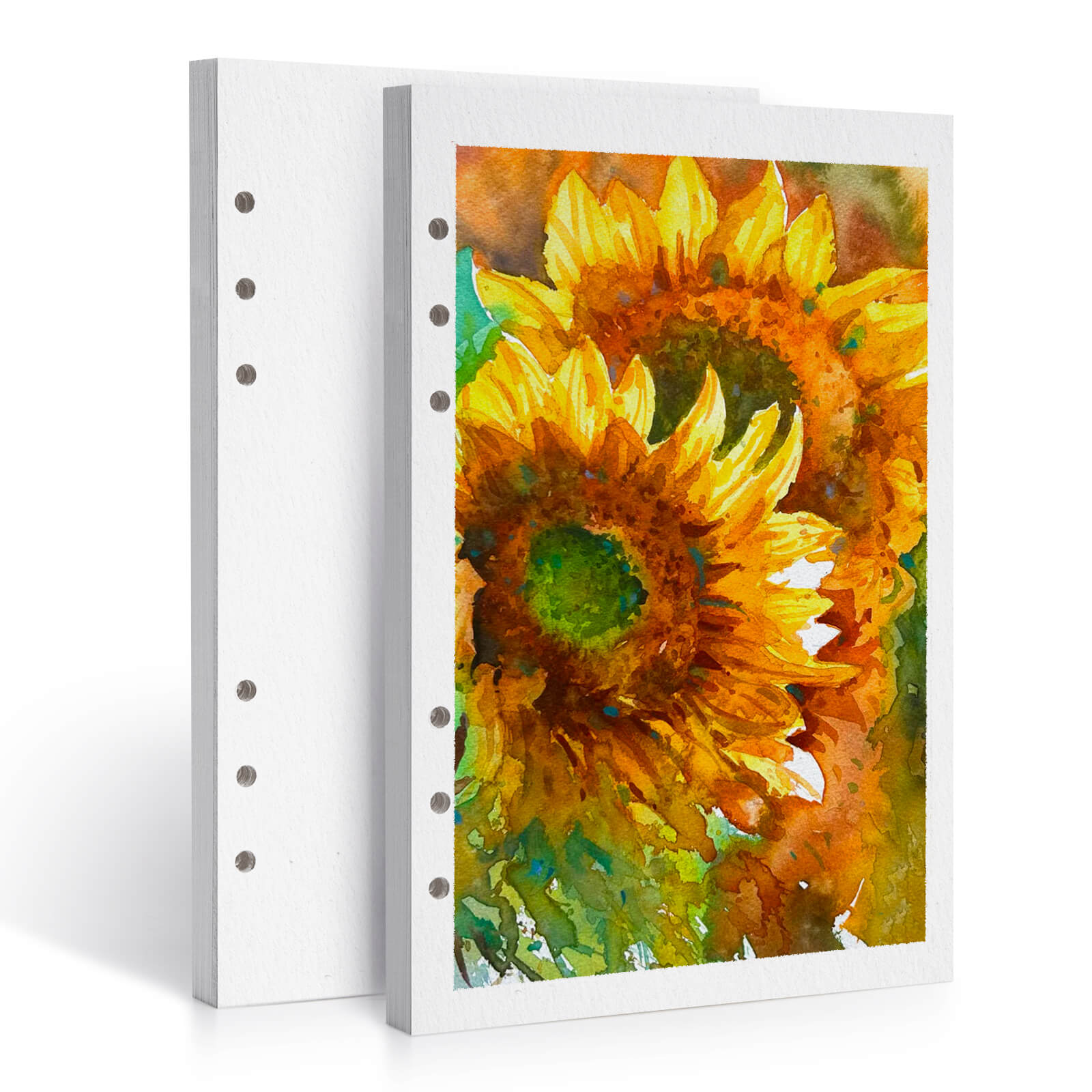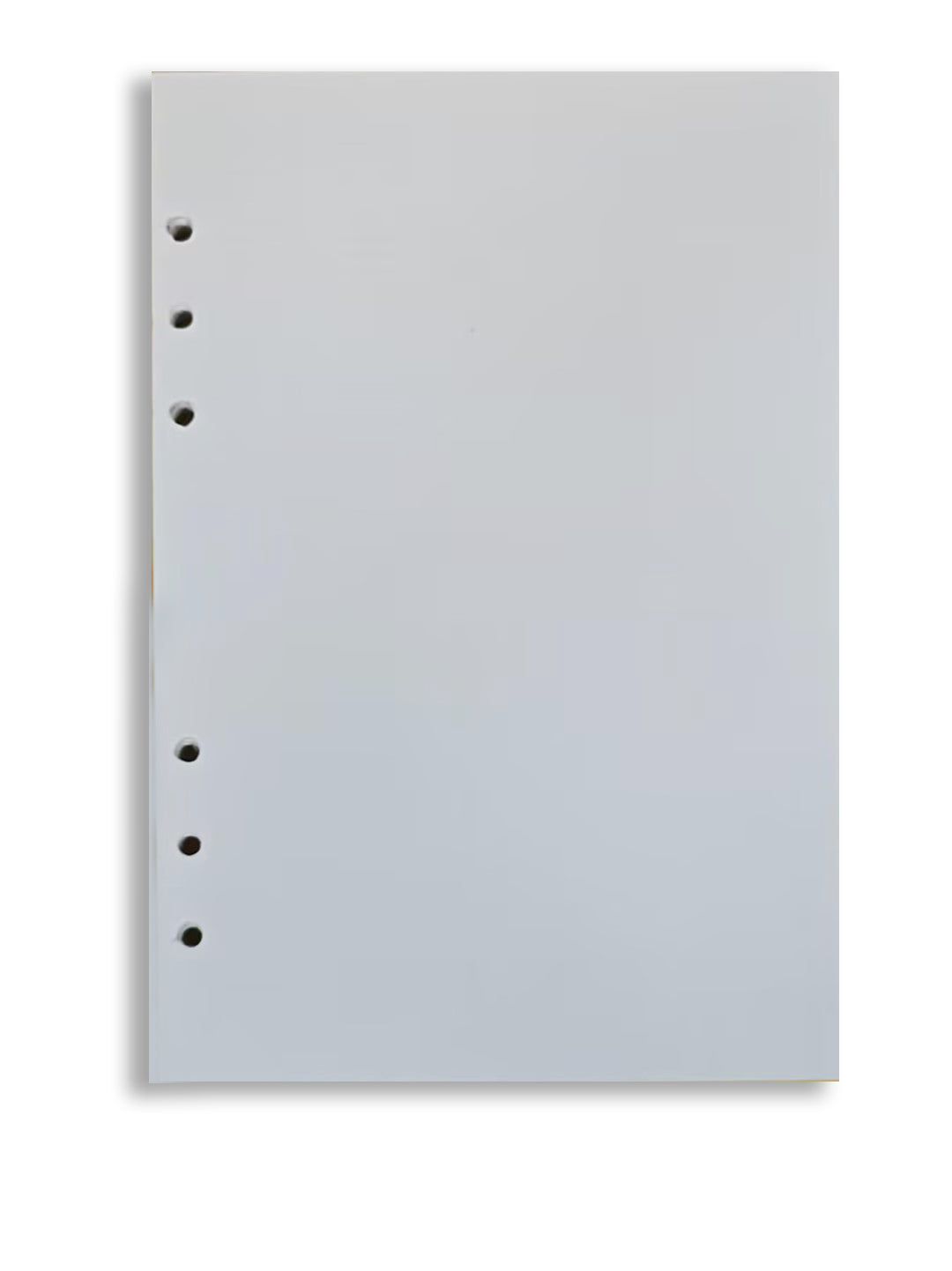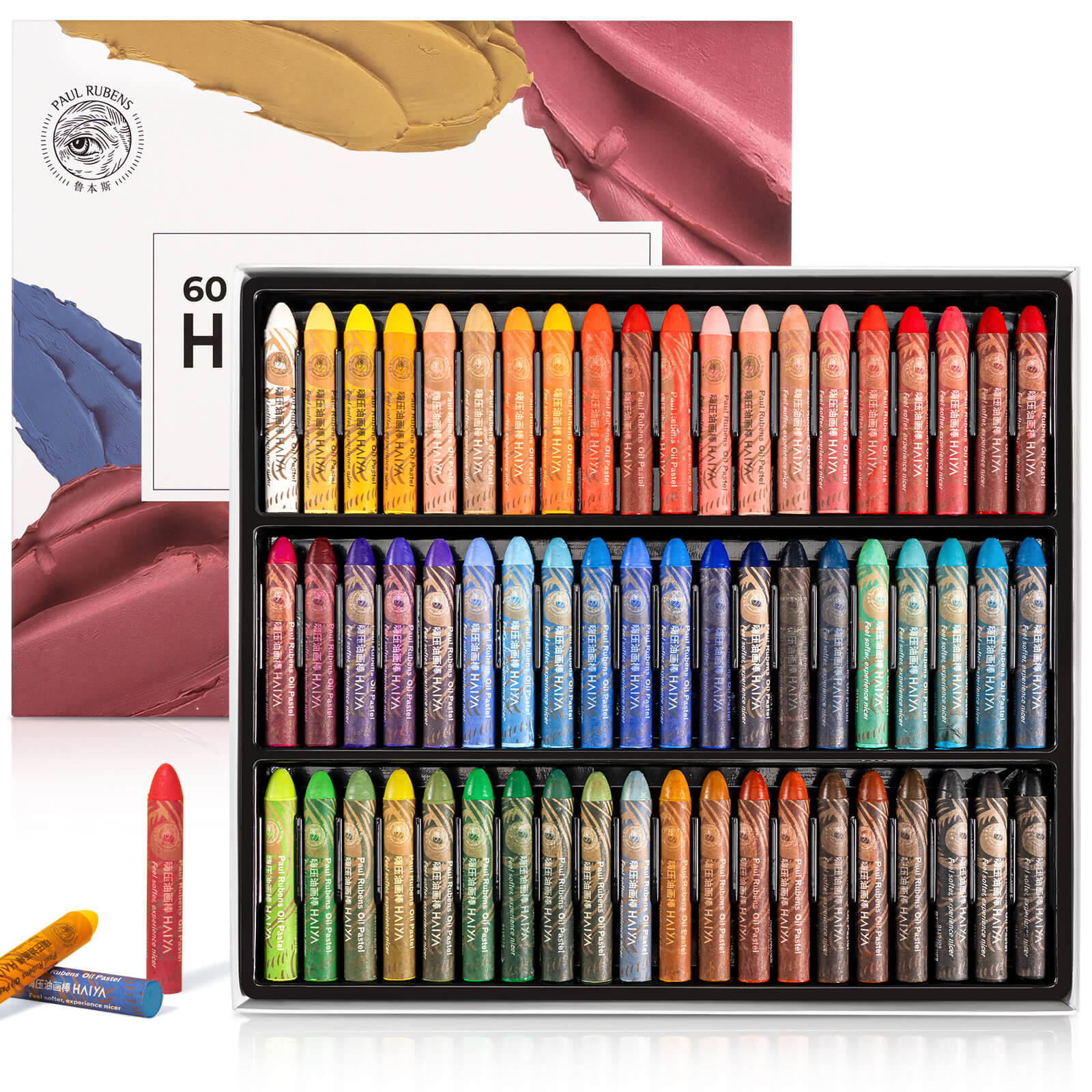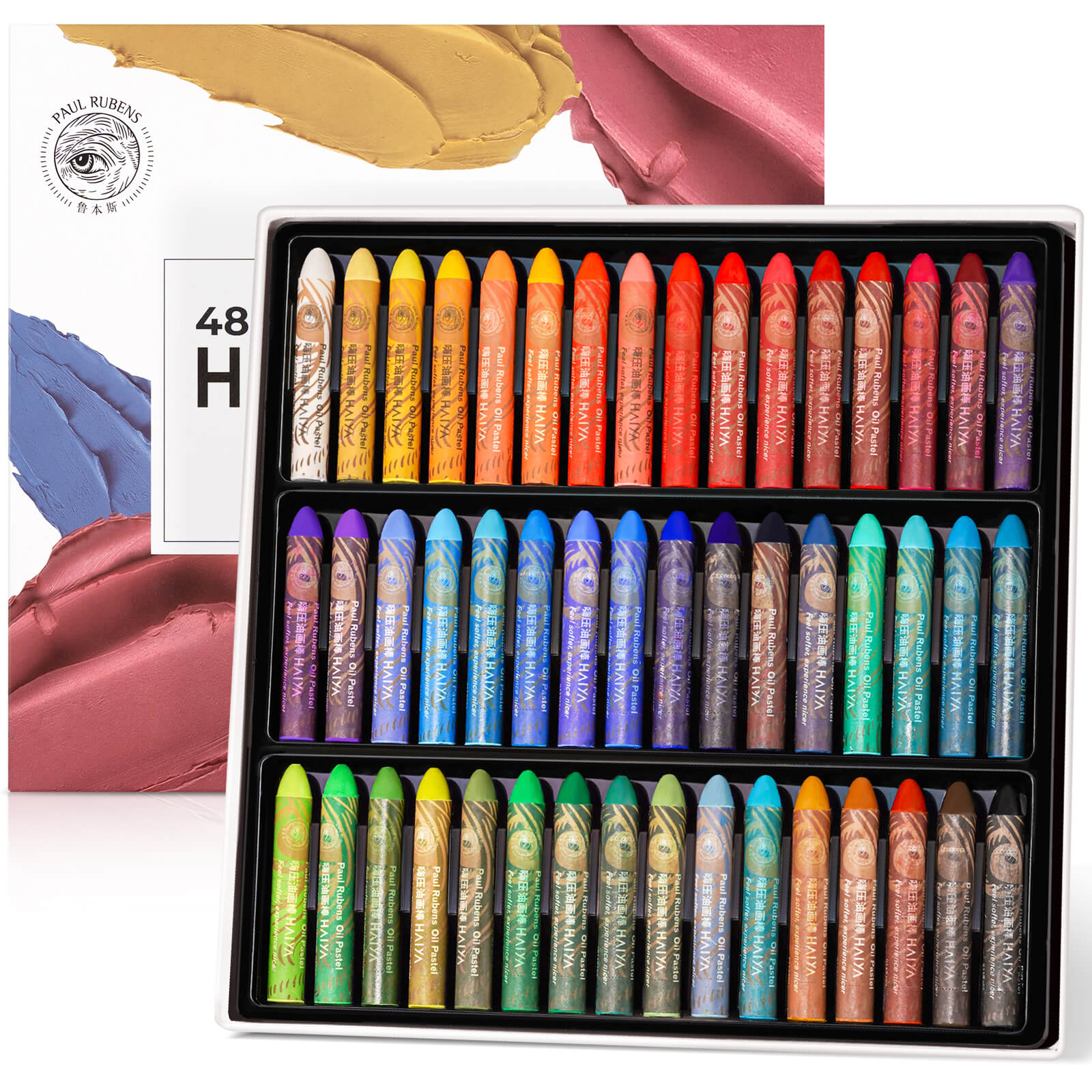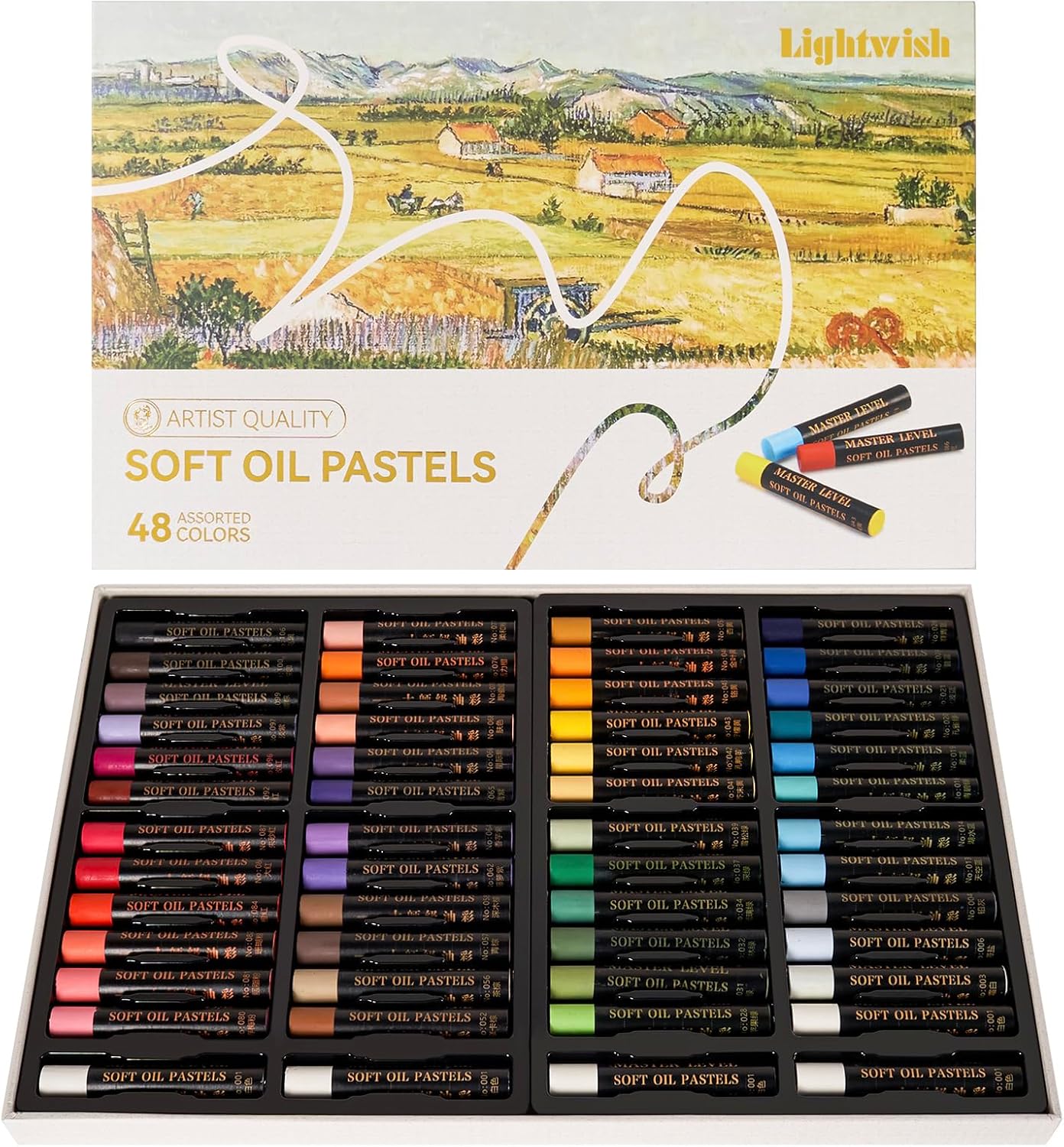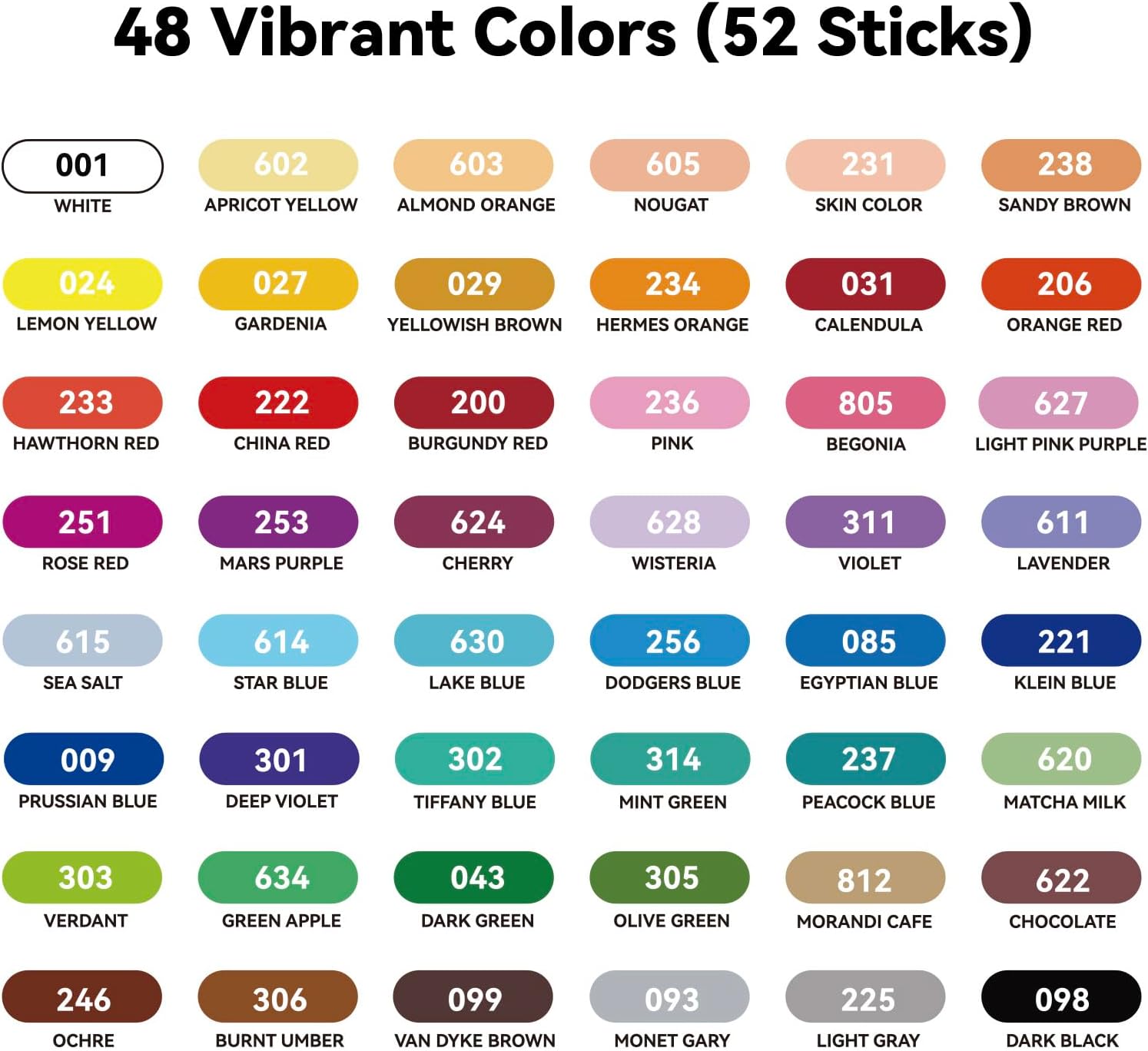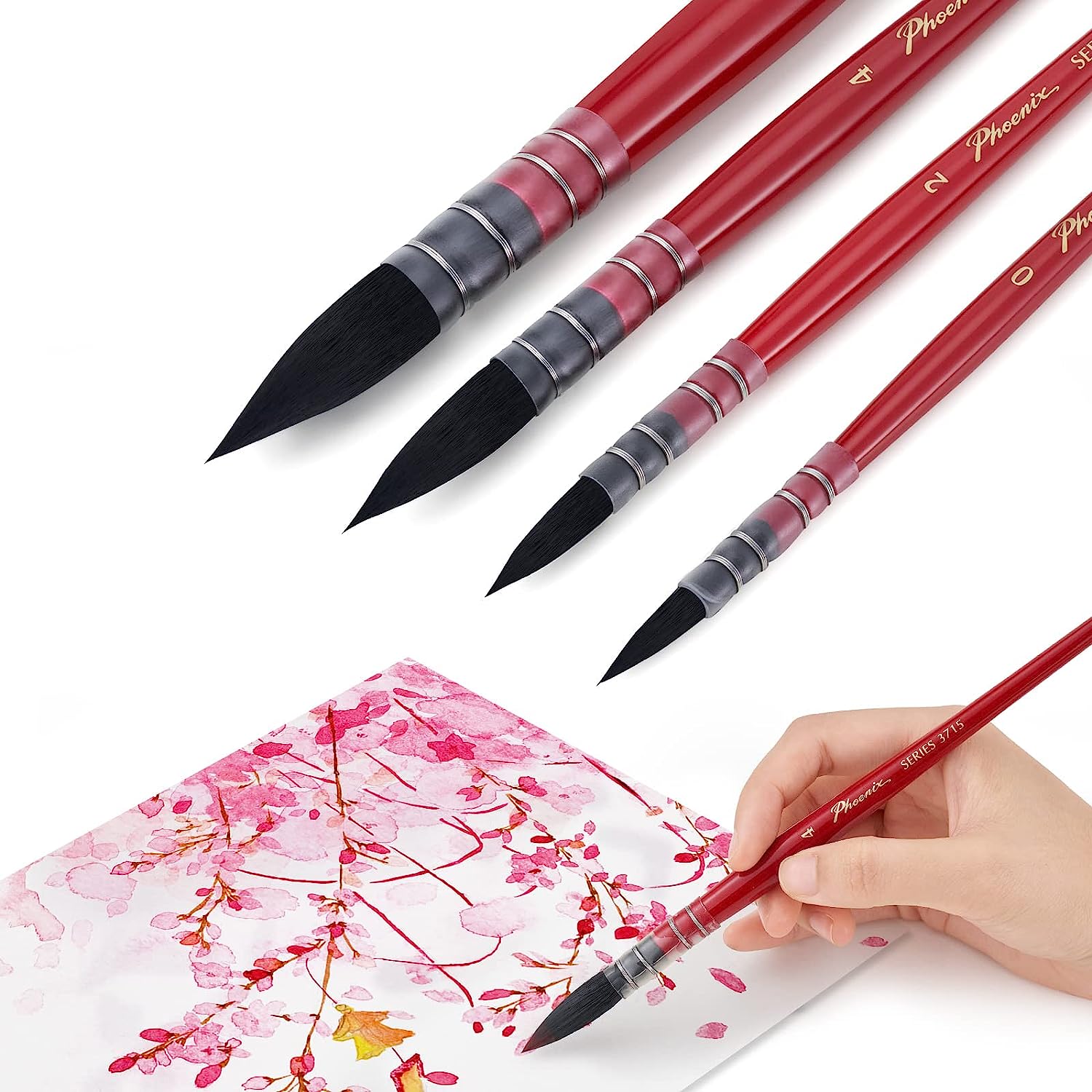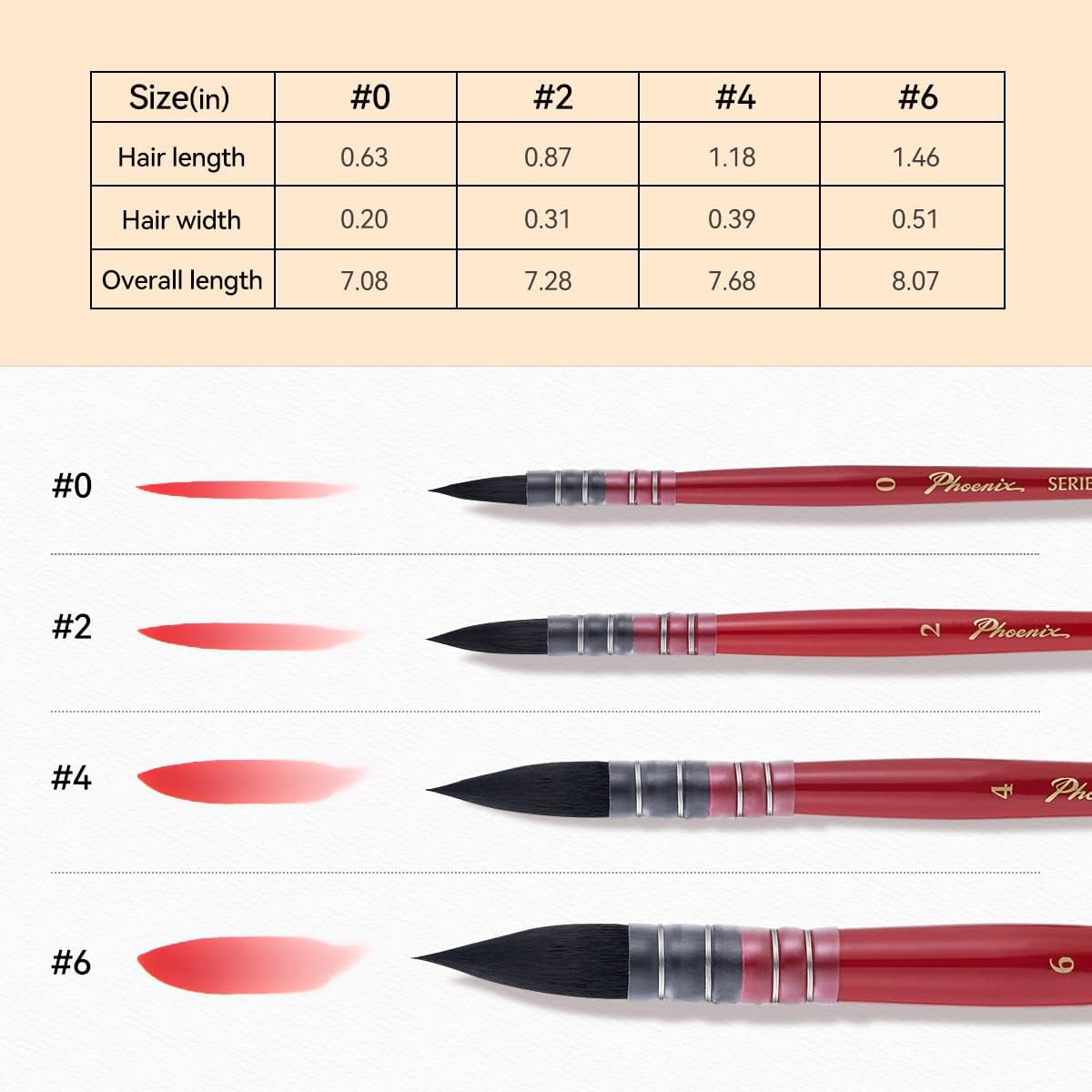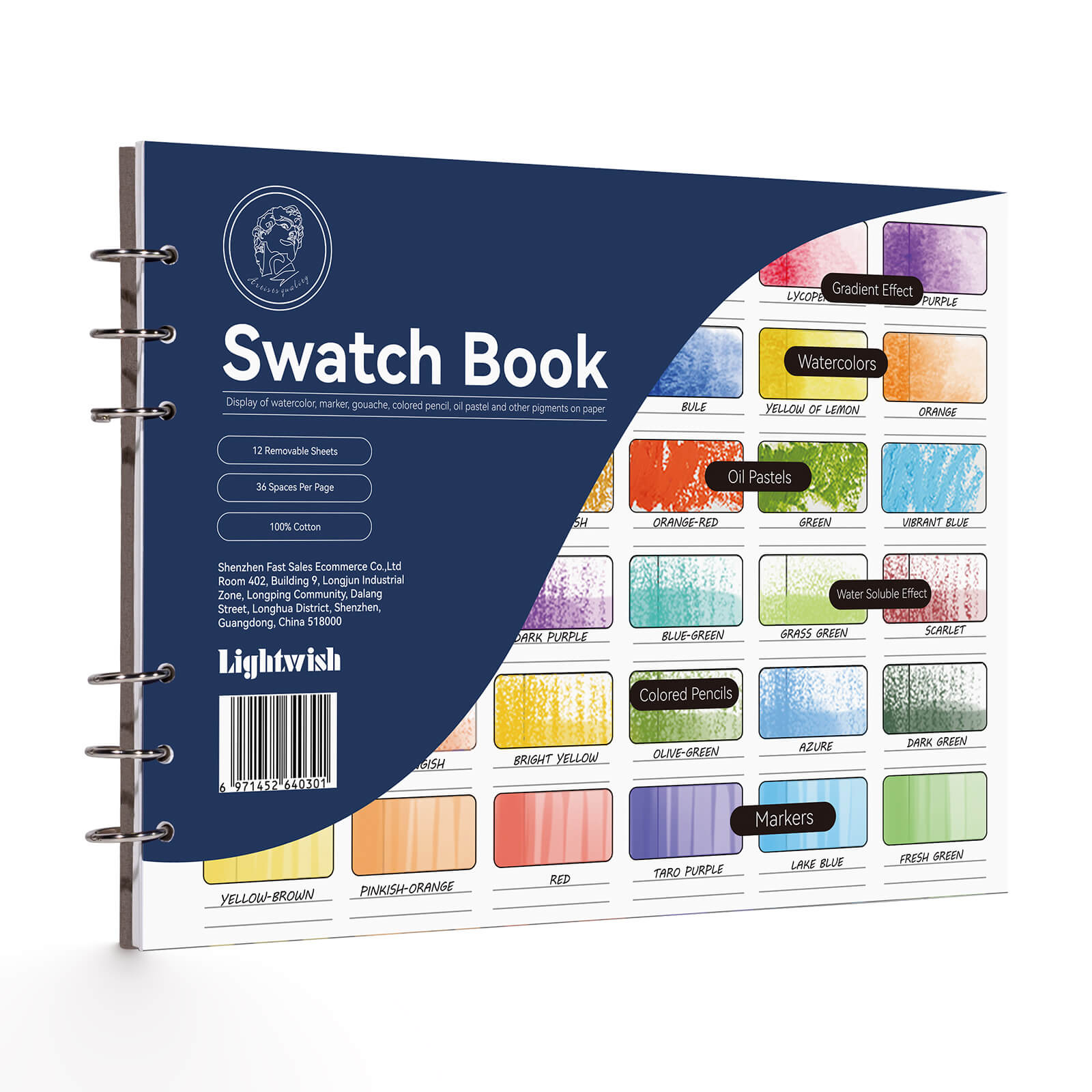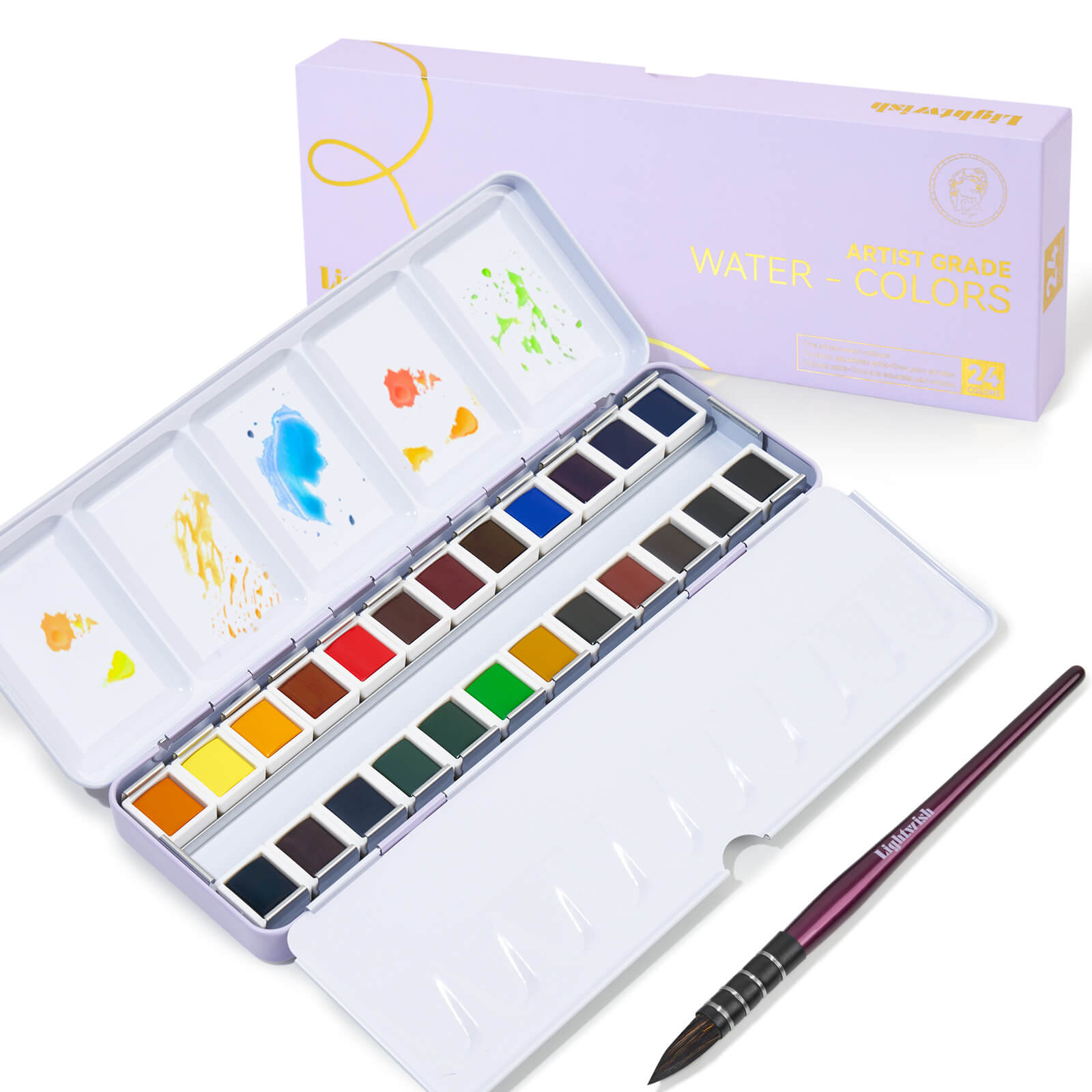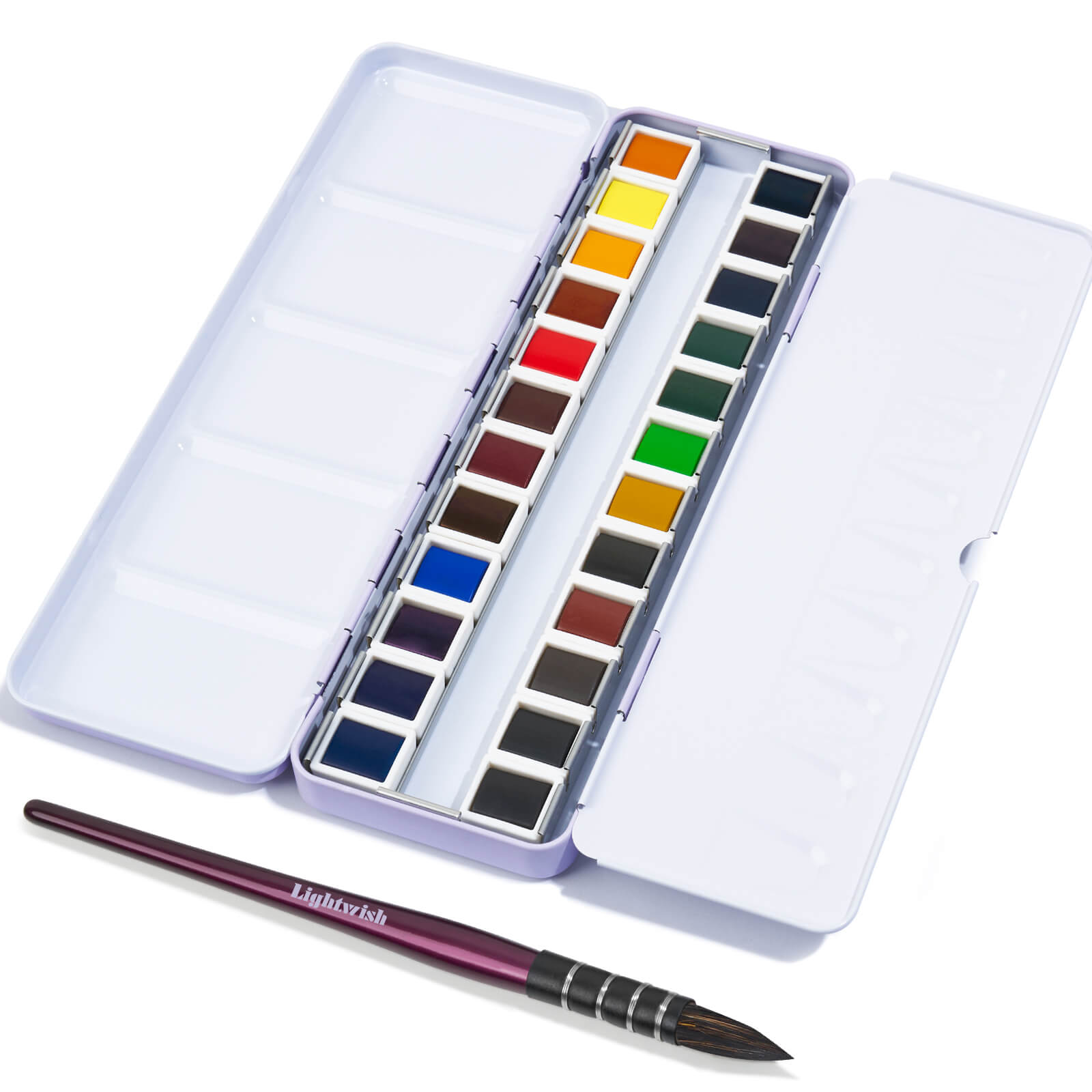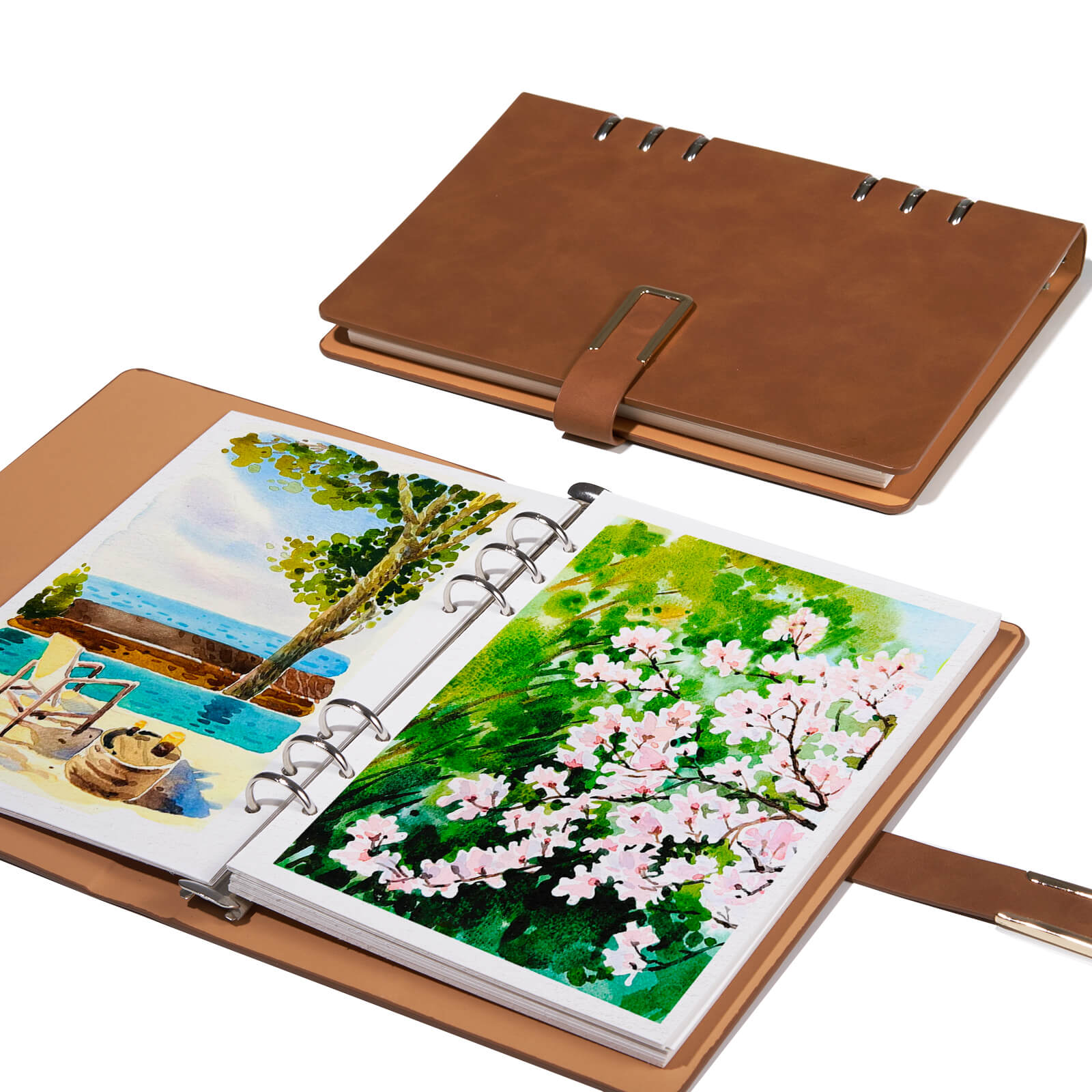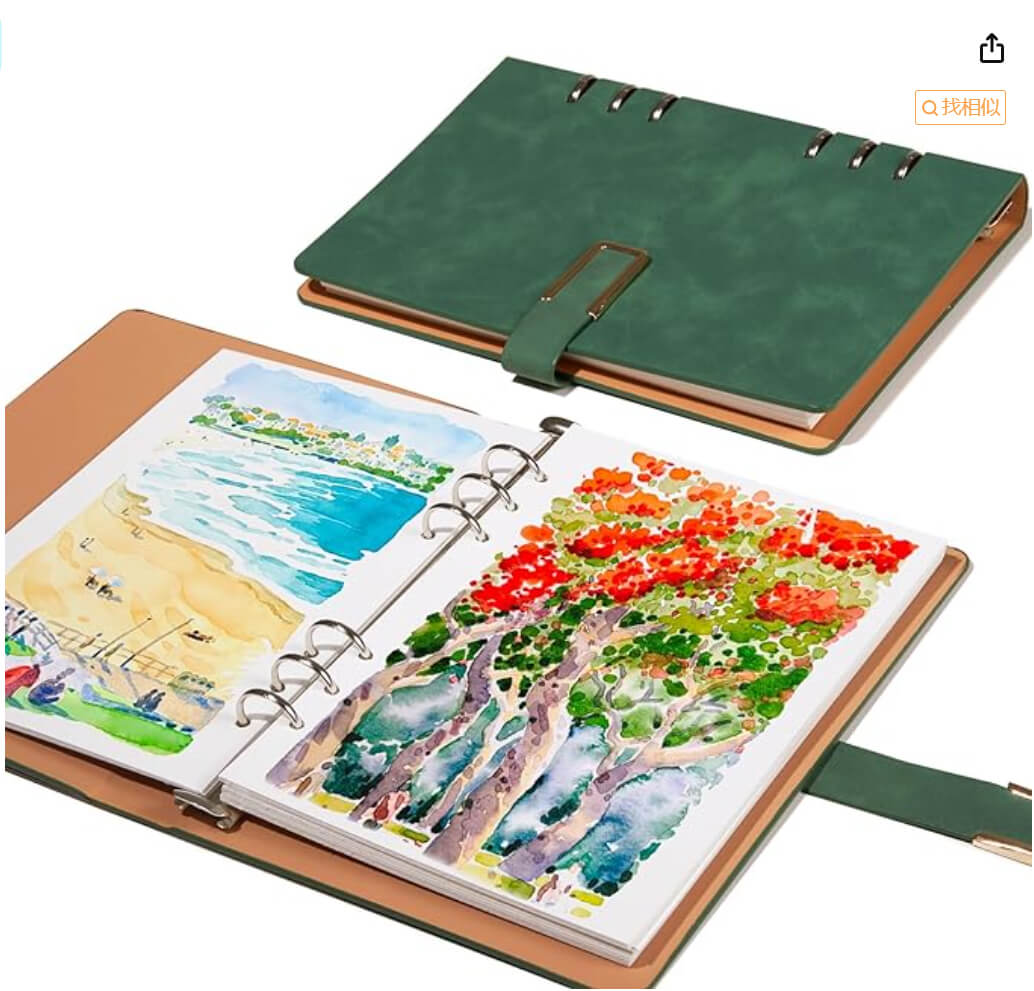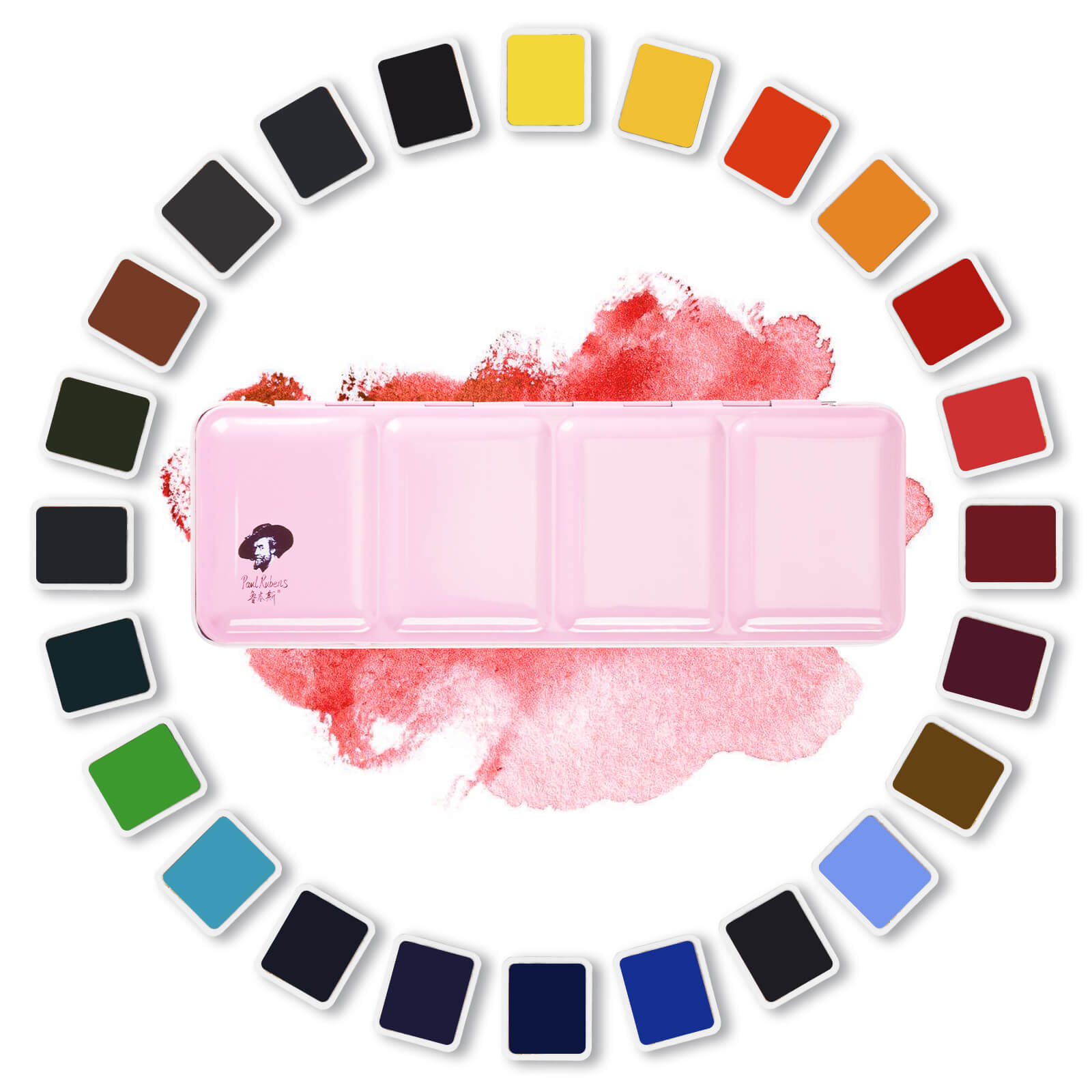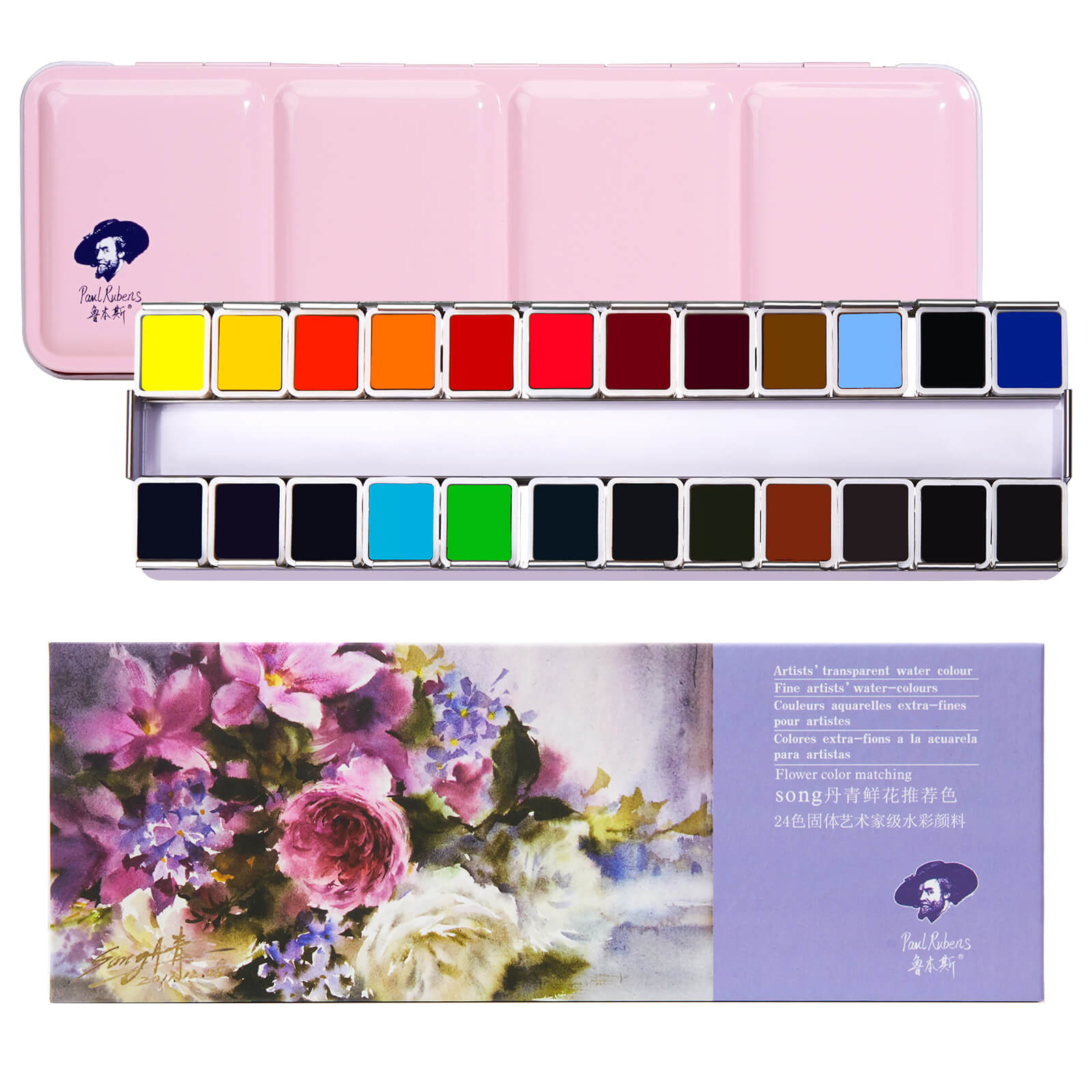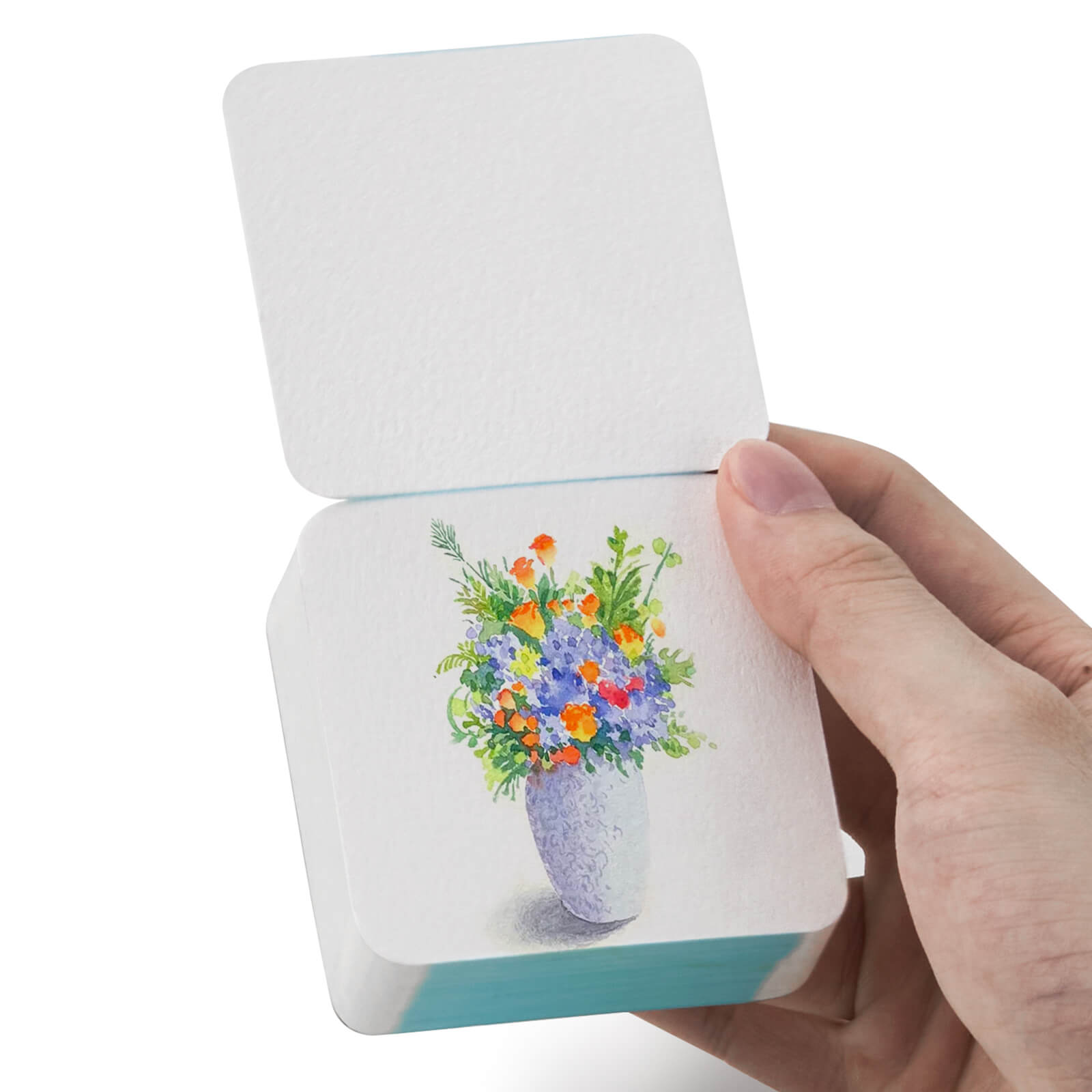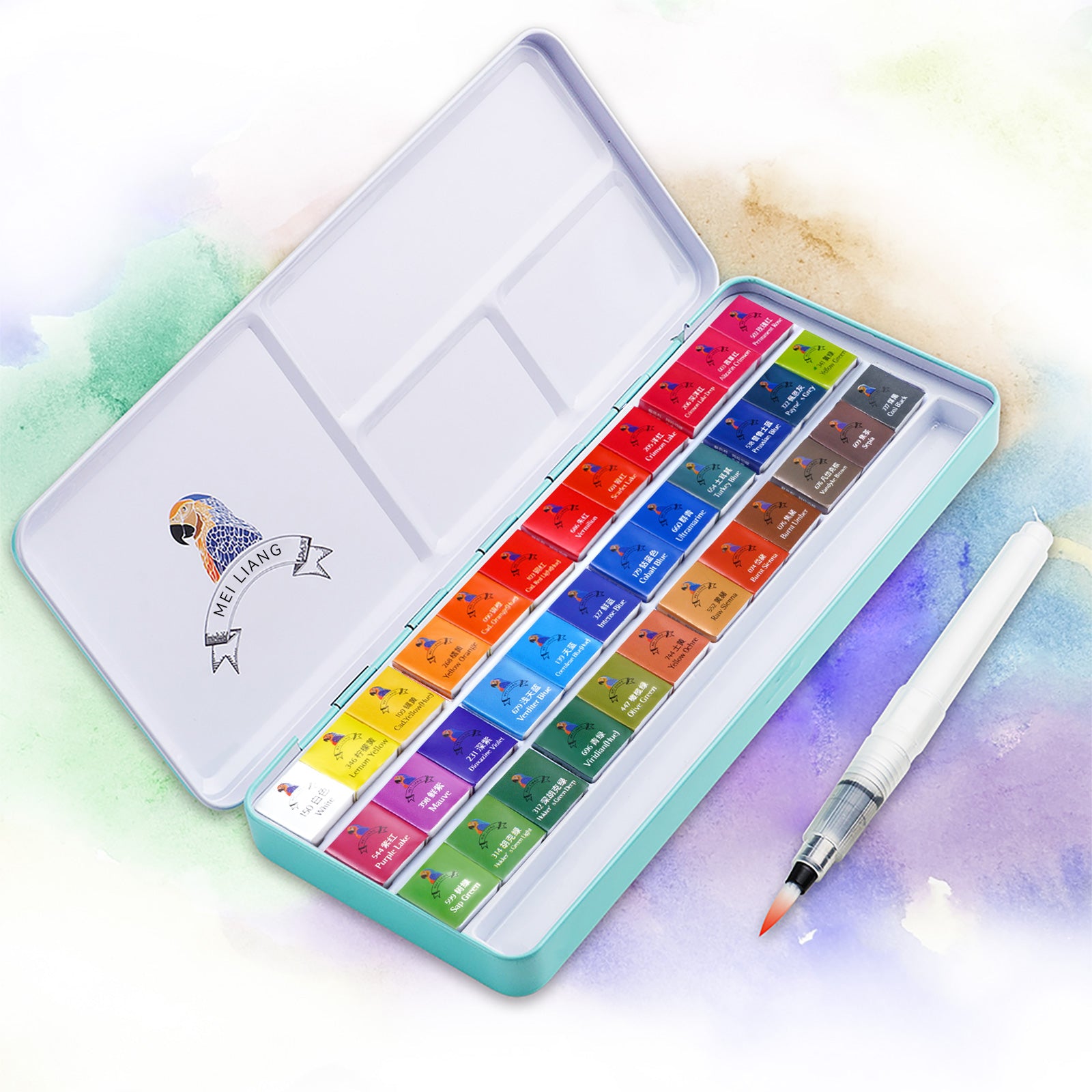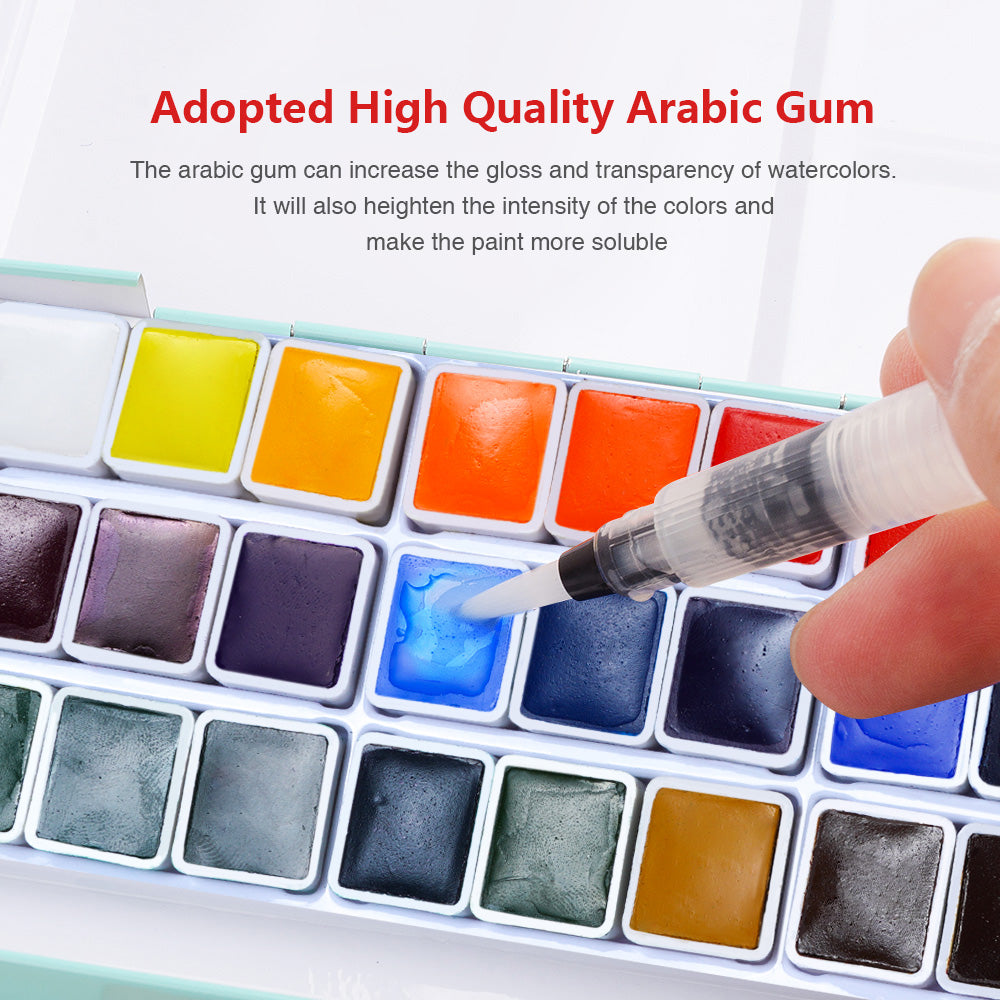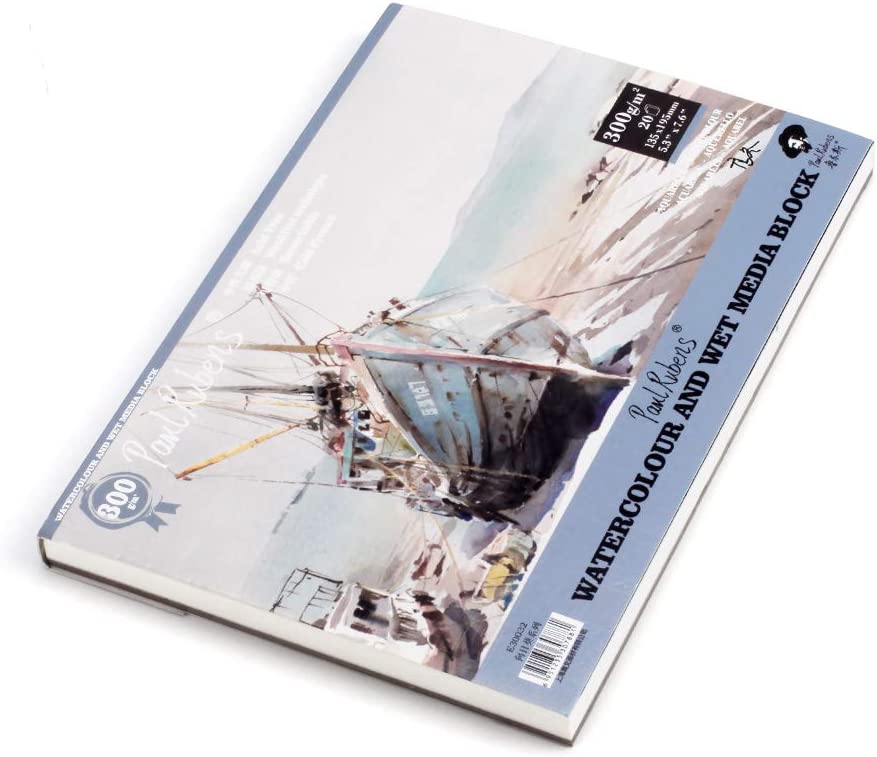Every watercolor artist faces a fundamental choice that impacts their painting experience: the palette. While inexpensive plastic palettes are a common starting point, making the right choice can dramatically influence your color mixing, workflow, and even your love for watercolors. It's not just about tools; it's an investment in the quality of your art. This guide delves into the key differences between ceramic and plastic palettes, ensuring your first ceramic palette provides a delightful experience and helps you create better work from the start.
Round One: The Battle of Materials and Surfaces
The key difference lies in the materials. The non-absorbent Lightwish ceramic palette boasts a smooth glaze, allowing pigments to remain vibrant and easily rehydrated. This is crucial for achieving pure, vivid color mixing. In contrast, plastic palettes are typically porous and slightly absorbent. Over time, pigments seep into the surface, causing staining. This not only makes the palette look dirty, but the residual pigments can also subtly contaminate newly mixed paints, ultimately resulting in muddy, dull colors. For artists who value color integrity, this is a fatal flaw.
Round Two: Cleaning and Long-Term Maintenance
Here, the ceramic palette demonstrates its undisputed advantage. Its smooth, glass-like surface is non-stick, and dried pigments can be easily removed with a damp cloth or sponge, usually without vigorous scrubbing. It returns to its original condition after each use. However, plastic is notorious for its tendency to stain. Even with vigorous scrubbing, previously used colors—especially highly pigmented ones like phthalocyanine blue or rose red—leave indelible marks. This not only looks unprofessional but also makes it difficult to accurately judge newly mixed colors against a stained background.
Round Three: Color Reproduction and Mixing Effects
The surface you use to mix colors is the center of your control over color. High-quality Lightwish ceramic palettes have a bright, clean white surface that realistically reflects light, allowing you to achieve accurate and objective color vision when mixing colors. This is crucial for learning watercolor techniques and developing a keen color perception. Plastic palettes, especially those that become stained over time, can distort your perception of color. For example, mixing a bright yellow on a blue-stained plastic palette may cause your eye to see a greenish tint before you even begin mixing, leading to compensatory mixing errors in your work.
Beyond the Basics: An All-in-One Solution
The superiority of ceramic is fully realized in modern portable painting sets. Imagine a travel watercolor set designed for urban sketching where the palette easily slips or falls off—a common problem with ordinary plastic linings. In contrast, an innovative, secure palette design ensures the palette stays firmly in place on the sketchbook, allowing you to paint confidently anytime, anywhere, without worrying about spills or accidents. Plastic simply cannot provide such a refined and secure all-in-one design.
Review Conclusion: A Wise Choice for Your Artistic Journey
Choosing your first Lightwish handcrafted ceramic palette is more than just buying a tool; it's an investment in your artistic growth. By prioritizing the non-absorbent ceramic surface, logical layout, safe design, and perfect integration with your entire paint set, you avoid the hassles of cheaper alternatives. You're preparing for a smoother, more enjoyable, and ultimately more successful watercolor painting journey. Choosing the right tool from the start allows your creativity to flourish. It's time to say goodbye to easily stained plastic palettes and experience the clarity, quality, and performance that only Lightwish ceramic can offer.
Click the link to go directly to the product page.
https://lightwish.com/collections/handmade-ceramic-palette
Lightwish Team

